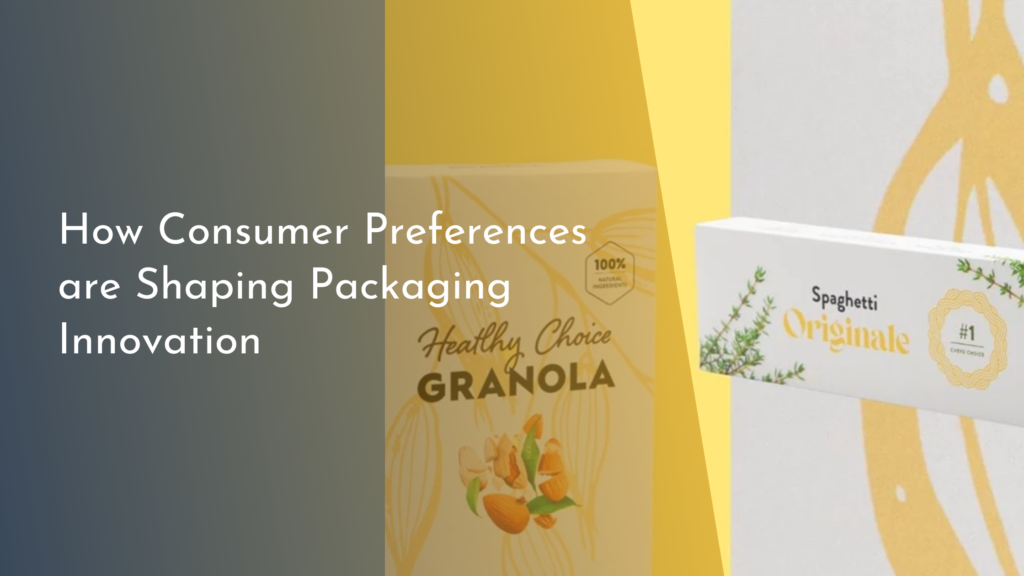Introduction to Eco-Friendly Home Design
In recent years, eco-friendly home design has gained significant attention as more people recognize the importance of sustainability and environmental responsibility. This approach to home design not only benefits the planet but also enhances the quality of life for homeowners by creating healthier living environments and reducing energy costs. In this article, we will explore the basic principles of eco-friendly design, delve into the selection of sustainable materials, examine innovative technologies for greener living, and ultimately encourage a shift towards a sustainable lifestyle.
Understanding the Basics of Eco-Friendly Design
Eco-friendly home design is fundamentally about creating living spaces that have a minimal impact on the environment. This involves thoughtful planning and consideration of how a home interacts with its natural surroundings. Key elements include maximizing natural light, optimizing energy efficiency, and integrating natural ventilation systems. In addition, incorporating native landscaping can help maintain local biodiversity and reduce water usage. By focusing on these principles, homeowners can create spaces that are both beautiful and environmentally responsible.
Another important aspect of eco-friendly design is the reduction of waste and the promotion of recycling. This begins with choosing durable, reusable, or recyclable materials during construction and continues with responsible waste management practices once the home is occupied. By reducing consumption and recycling where possible, homeowners can minimize their carbon footprint and contribute to a more sustainable future. Moreover, engaging with the local community and supporting environmentally conscious initiatives can further enhance the positive impact of eco-friendly home design.
Choosing Sustainable Materials and Resources
When embarking on an eco-friendly home design project, selecting sustainable materials is crucial. These materials are usually derived from renewable resources, are non-toxic, and have a low environmental impact. For instance, bamboo is an excellent choice for flooring and cabinetry due to its rapid growth and regeneration. Similarly, recycled metal and reclaimed wood can add character to a home while reducing the demand for new raw materials. Ensuring that materials are sourced locally can also decrease the carbon footprint associated with transportation.
Sustainable resources extend beyond construction materials to include energy and water efficiency. Installing energy-efficient appliances, such as refrigerators and dishwashers, can significantly reduce electricity usage. In addition, integrating water-saving fixtures and systems, like low-flow toilets and rainwater harvesting tanks, can help conserve precious water resources. Homes designed with sustainability in mind often feature solar panels or wind turbines for renewable energy generation, further decreasing reliance on fossil fuels and lowering utility costs.
Innovative Technologies for a Greener Home
Modern technology offers a plethora of options for enhancing the eco-friendliness of a home. Smart home systems, for instance, allow for precise control over heating, lighting, and cooling, leading to significant energy savings. These systems often include sensors that adjust settings based on occupancy or time of day, ensuring that resources are used efficiently. Moreover, advancements in insulation technology, such as using materials with high R-values, can minimize heat loss and improve a home’s overall energy performance.
Another promising innovation is the use of green roofs and living walls, which provide natural insulation, reduce rainwater runoff, and improve air quality. These features can be tailored to fit various climates and architectural styles, offering both aesthetic appeal and environmental benefits. Additionally, integrating home automation with renewable energy systems like solar panels can optimize energy consumption and storage, making the home not only self-sufficient but also potentially capable of returning surplus energy to the grid.
Embracing eco-friendly home design is a rewarding journey towards a more sustainable and responsible lifestyle. By understanding the fundamentals, choosing sustainable materials, and utilizing innovative technologies, homeowners can create beautiful, efficient, and environmentally-conscious living spaces. This approach not only contributes to the well-being of the planet but also enhances personal health, comfort, and financial savings. As we continue to prioritize environmental stewardship, eco-friendly home design stands as a testament to the positive impact of our choices on the world around us.


